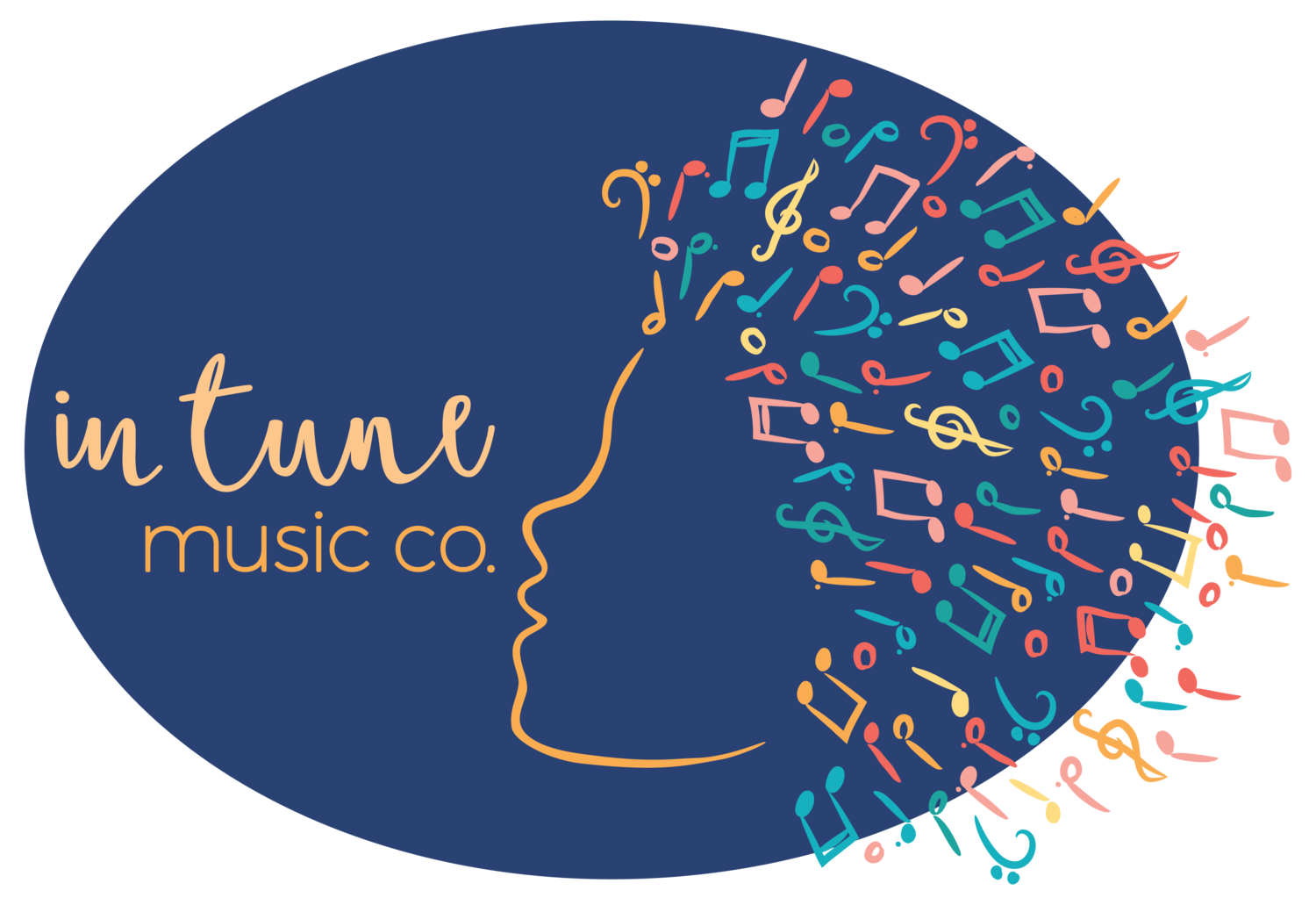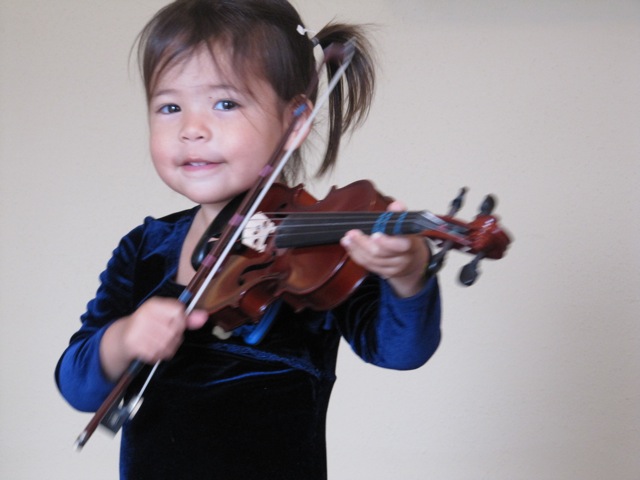In Home Violin Lessons
I am thrilled that you and your child have chosen to explore learning the violin with me! I would like to take this opportunity to share with you some of the basic foundations of learning the violin, what is to be expected during lessons, and to answer some of your questions.
Is violin right for my child?
The violin is a very special and unique instrument; it has a unique “voice” and is admired by people all over the world for the beautiful sounds it can produce. As your child is making the commitment to learn the violin, it is important for each parent and child to be aware that unlike other instruments of choice, the violin requires special focus and detailed technique in order to learn how to manipulate the instrument, eventually producing the beautiful sounds for which it is known. If your child is able to display focus to detail, strong fine motor skills, and is eager to follow directions and learn with patience, the violin may be a suitable choice for him or her! As your child’s violin teacher, I consider it a privilege to teach what I have learned over the years as well as share my love for this special instrument. I take this commitment very seriously.
What is your method of teaching violin?
My experience with learning and teaching the violin has been built around proper left hand and bow technique, rhythmic, tonal, and intonation accuracy, musicality, ear training, and sight-reading using The Suzuki Method. I do my best to teach in a fun and nurturing way while encouraging and inspiring my students with excitement, energy, and passion.
All beginning students (Pre-Twinkle students), will become “experts” on the mechanics and basics of the violin by learning to practice with a small cardboard box violin which we build together in our first lesson. The rental of a small violin is delayed until the child is ready for the wooden instrument. To see a list of Pre-Twinkle skills, please click here!
Upon graduation from the box instrument to the real violin, students continue to focus on simple melodies and rhythms that prepare them to learn from the Suzuki Method Vol. 1 Book 1 Revised Edition. I have found that using the series called Step by Step: An Introduction for Successful Practice for Violin (Book & CD) by Kerstin Wartberg to be incredibly helpful and enjoyable for students and parents. Our journey into this book begins with the 5 variations on “Twinkle, Twinkle Little Star”. This allows time to focus on the basic mechanics of playing the violin while learning rhythms from more advanced literature in units small enough for a beginner to grasp at a steady pace. Melodies will be learned by ear and through rote memorization.
What about reading music?
Following mastery of the “Twinkle” and much of Book I, students will begin to learn note reading and rhythms for the violin using A Tune a Day: Violin: Book 1 by C. Paul Herfurth and Winning Rhythms by Edward Ayola. These courses are carefully designed to teach students each note on the musical staff and its correlation on the violin plus rhythmic studies. Reading notes, rhythm, and other music theory elements are emphasized at this time.
Technique building exercises such as scales, finger and bow exercises, and many other musical subtleties will be implemented during the study of Book 1 and early Book 2. More advanced techniques including shifting and vibrato will also be implemented into the curriculum during late Book 2 and Book 3. Books such as Scales Plus for Violin! by William Starr, Scales for Young Violinists by Barbara Barber, and Introducing the Positions for Violin and others will be added to daily practice routines.
Review of previously learned material is also a general focus in each lesson, because it is important for each student to build a repertoire of melodies that can be played at any given time.
What is my role as the parent?
From personal experience, and following the traditions of the Suzuki Method, I have found that it is paramount for the parent to be present in each lesson, especially if the child is under the age of 13. It is essential that each violin student have the encouragement and supervision of a parent during lessons and during home practice as the violin is a difficult instrument to master. It may seem like progress is slow in the beginning, but with a positive attitude, correct technique and good practice skills, diligence will be rewarded. Good note taking and observation during the lesson is paramount for a child’s success.
If my child is 4 years old or younger, can he or she take lessons?
Because of the special focus needed to begin violin lessons, I would like to meet the parent and child in order to evaluate if the child is in fact ready for violin lessons. I often teach children as young as 3 years old and I, myself was a 2 1⁄2 year old beginner; therefore, I have witnessed and experienced the possibilities for small children to learn this instrument.





